Daniel Fiset considers the potential of virtual artist residencies through PHI’s Parallel Lines
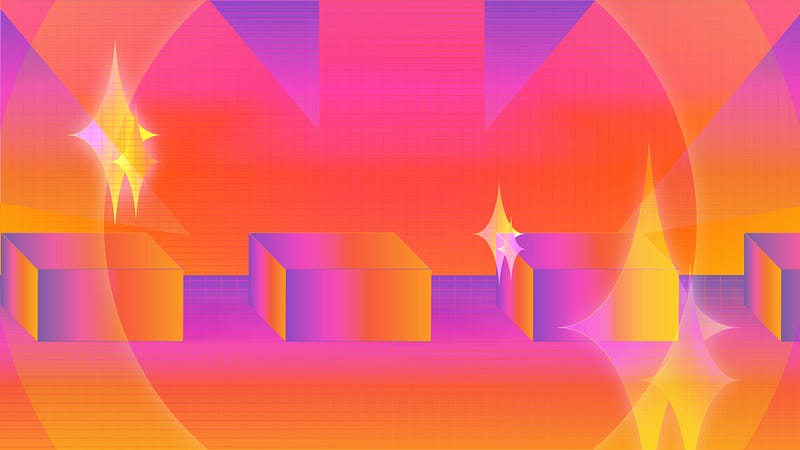
By Daniel Fiset
PHI — a Montréal-based organization consisting of three separate but complementary entities, the PHI Centre, the PHI Foundation for Contemporary Art and the PHI Studio — is guest editing the 37th issue of Immerse. We continue the series, Emergence, with this second article written by Daniel Fiset, Adjunct Curator — Engagement at the PHI Foundation. Through these articles, we will explore how our approach has been shaped by new modes of art consumption, both online and offline, how we responded, what we’ve learned, and what has fundamentally changed during the global pandemic.
Artist residencies have become increasingly fundamental in shaping the offerings in museums, galleries, theaters, and other institutions worldwide. The allure of these programs lies in their dual mobility: creators travel to access funds, space, and technical assistance granted by host institutions, and are also expected to physically extract themselves from their daily lives to nurture their practices. In doing so, these programs are placing the work of art in direct opposition to other kinds of labor performed every day. This separation tends to perpetuate certain forms of systemic exclusion within contemporary art, as taking part is dependent on the privilege of being able to remove oneself from daily life, which is impossible for many artists. The importance of these residencies for artists’ careers has also created a very specific economy where large-scale projects tend to overshadow more furtive and horizontal approaches to creation. As writer and artist Laura Kenins notes in a critique of artist residencies, the underlying message “appears to be that we need to get out of our communities and countries to work, that being an artist means being constantly on the move.”
Are there ways to envision the residency not just as an excuse to move away from daily life in order to make space for the creative process but as a true opportunity for artists to collaborate with audiences in order to share skills, experiences, and ideas? These questions were on our mind when we invited Diego Galafassi to take part in a PHI residency in late 2019. Galafassi’s projects have always been oriented towards a dialogue between disciplines and mediums, eagerly borrowing from varied forms, including documentary cinema and new media. His research process, situated at the intersection of different disciplines and associating aesthetic concerns with an interest in sustainability science and technological advancements, mirrored PHI’s interest in cross-disciplinary projects. During his residency, Galafassi collaborated with PHI Studio’s team to develop Breathe, a mixed reality installation that uses participants’ breathing to generate an evolving three-part arc.
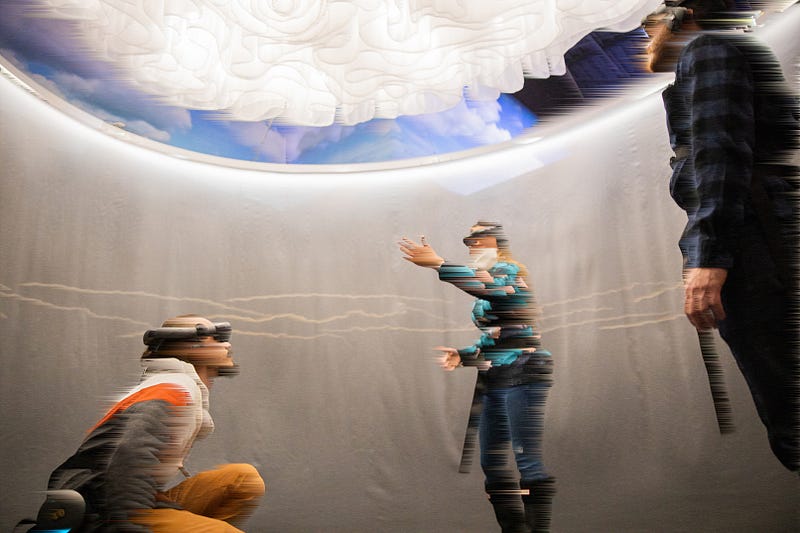
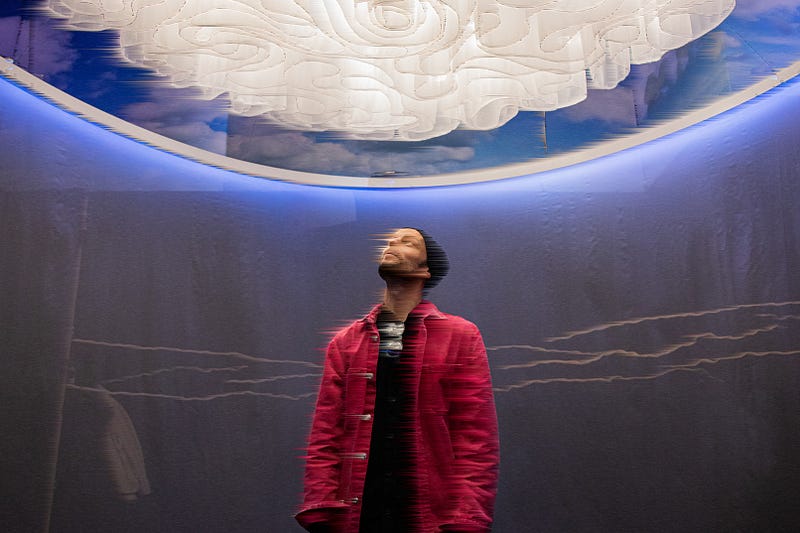 Visitors
immersed in Diego Galafassi’s mixed reality installation Breathe,
the result of a collaboration with PHI Studio dating back to his 2019 residency. In a space defined
by a curtain, equipped with a breathing sensor that captures data, visitors are guided through a
narrative to become aware of the air particles that they release when they breathe. The air
particles appear before their eyes via to the Magic Leap AR glasses that they are wearing. The more
visitors take part in the experience, the more air particles are visually represented. (PHI)
Visitors
immersed in Diego Galafassi’s mixed reality installation Breathe,
the result of a collaboration with PHI Studio dating back to his 2019 residency. In a space defined
by a curtain, equipped with a breathing sensor that captures data, visitors are guided through a
narrative to become aware of the air particles that they release when they breathe. The air
particles appear before their eyes via to the Magic Leap AR glasses that they are wearing. The more
visitors take part in the experience, the more air particles are visually represented. (PHI)
Breathe’s interdisciplinary process confirmed our sense that a work of art is not only the work of the artist, and that all kinds of knowledge can be mobilized in order for such experiences that co-create with the audience to emerge. This observation, coupled with the current global health crisis, encouraged us to reconsider how we offer residencies, especially given that both international and local mobility were hindered by confinement. What remains of the principle of a residence once movement is restricted?
A few weeks after the beginning of the confinement period, the PHI Foundation and the Centre launched Parallel Lines, an at-home residency program for artists of the Greater Montreal region. Ten artists received funding over the course of 60 days to create a work from home, which had to be shared online. Each week, creators were invited to share part of their process in virtual studios, a series of platforms designed and maintained by PHI’s team and adapted to each project. At the end of 60 days, visitors could browse the final projects of Parallel Lines through a randomized navigation tool — a choice motivated by the fact that online exhibitions, unlike their physical counterparts, allow for greater freedom in their design. These virtual studios became the public’s initial encounter with the artworks: through their visits, they could discover artists’ inspirations, moods, and questions that arose during their creation. Doing this allowed us to consider a model where mediation of the artwork is not done only after the fact but can co-exist with its creation and impact its course.
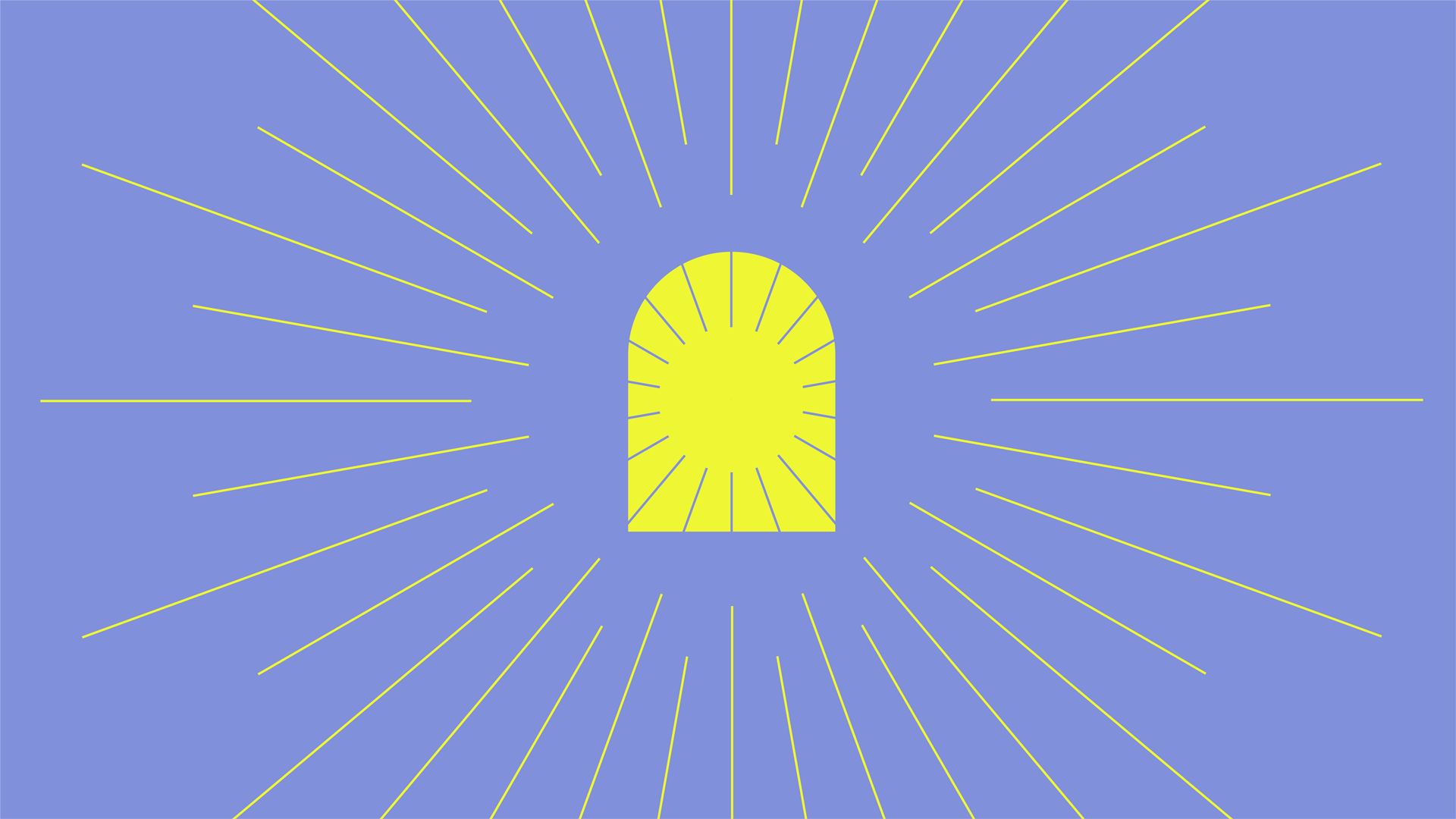 The
Parallel Lines Virtual Artist Residency Program unfolded over 60 days from May to June 2020. The
residency and subsequent exhibition enabled 10 Montreal-based artists to remain connected to the
public, and for audiences to enter into the worlds of the creators. (PHI)
The
Parallel Lines Virtual Artist Residency Program unfolded over 60 days from May to June 2020. The
residency and subsequent exhibition enabled 10 Montreal-based artists to remain connected to the
public, and for audiences to enter into the worlds of the creators. (PHI)The development of the Parallel Lines digital environment also raised important questions related to transposing an exhibition to an online setting. PHI had not planned for a dedicated viewing platform for digital exhibitions, which meant that it had to be designed while artists were working on their projects. This presented a considerable challenge for artists who might be used to develop projects for fixed sites, whether virtual or physical. Initial brainstorms on the concept for the exhibition included the possibility of designing a VR environment to host the works, which proved impossible for many reasons such as lack of time. But there was also the danger of asking artists to adapt a work for a VR environment that had not been announced in our call. Another hesitation had to do with the nature of an at-home residency, which we placed in direct reaction to the pressures of the residency economy: by developing a virtual reality component, we would have been reproducing the more bombastic leanings of some residencies. Essentially, VR would have replicated an effect seen far too often in museum design, where architectural gestures overshadow the art being exhibited.
The spirit of the Parallel Lines residency was to allow for a variety of projects to take form: some of which were investigating the pressure for an artist to be spectacular, while others put artists in a fragile position that echoed a collective sense of vulnerability. Mirroring the world’s sudden interest in developing new skills in the early months of the pandemic, some of the artists in Parallel Lines took the opportunity to familiarize themselves with a new medium or technique, using the internet as a repository of shared knowledge which allowed them to learn alongside their audiences.
Composer Justin Wright decided to get familiar with Unreal Engine and its troves of user-generated tutorials and objects for Drone Garden, a virtual space that borrows equally from concert venues, video game environments, and sculpture gardens, and that serves as a setting for an original composition. Each sculpture in the garden is associated with one of the piece’s musicians: through sound spatialization, participants generate different listening experiences as they walk around the sculptures. Considering most audiences will not have access to VR headsets, Wright adapted the presentation so it could be downloaded as software and viewed on a personal computer.
Visual artist Adam Basanta learned how to farm microgreens to create Artist Survival Station, a growing sculpture whose materials can be harvested and redistributed to the artist’s friends. The project is a nod to conceptual art’s interest in networks of distribution and a sly commentary on the pressure put on artists’ projects to constantly generate publics, views, reactions, and even further projects. To accompany his sculpture, Basanta self-produced a series of YouTube tutorials where he teaches the steps necessary to construct and maintain his at-home farm. The form of the tutorial echoes the many online channels consulted by Basanta and allows him to come into contact with a growing community interested in farming as an act of self-sufficiency.
At a time when encounters with art within physical institutions was impossible, other artists took on the challenge of exploring how art itself can take residence into our habits, challenging the perceived mundanity of the everyday. For Dayna McLeod, the work crept into the most private space one could imagine: the bedroom. McLeod was previously interested in how various technologies, especially those created for surveillance purposes, allow us to reconfigure or transform our relationship to our bodies. She applied this fundamental idea to the experience of confinement. For the residency, McLeod installed a surveillance camera equipped with night vision at the foot of her bed, documenting every instance of the sleep disorder that’s afflicted her most of her life. Each week, visitors could discover selects of the grainy footage, which was edited into Restless, a larger-scale outdoor projection presented outside of McLeod’s apartment. McLeod’s process turns her into a sort of personal archivist, having to filter through hours of her sleep to find anything dramatic worth including in the final cut. It also evokes the pressures of online self-presentation, where users mine (or stage) their daily lives for content worth sharing.
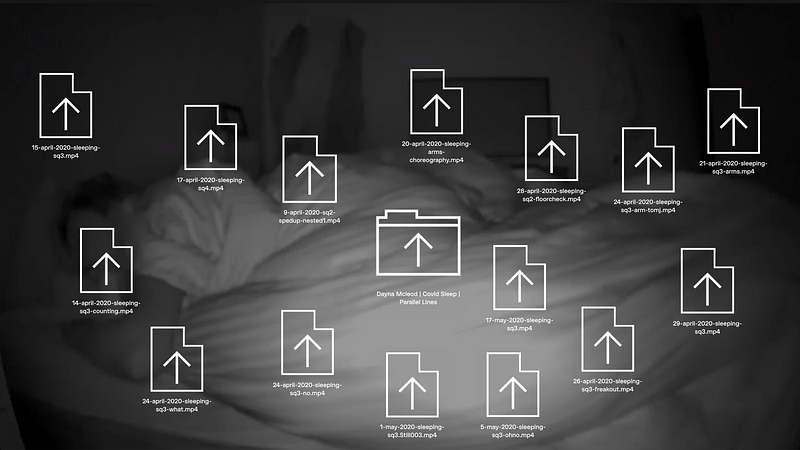 Restless by Dayna McLeod, a twenty-minute video exploring our individual ability to
monitor all aspects of our daily lives, including in this specific case, our nights, as part of the
Parallel Lines residency program. (PHI)
Restless by Dayna McLeod, a twenty-minute video exploring our individual ability to
monitor all aspects of our daily lives, including in this specific case, our nights, as part of the
Parallel Lines residency program. (PHI)Ironically, these pressures potentially transferred to artists’ participation in Parallel Lines’ virtual studios. In conversation with the 10 laureates, we realized that it was difficult to determine what kinds of information about the creative process were worth sharing to develop a greater understanding of the work. This points to a tricky balance in the mediation of the work, where saying too little feeds into the notion of contemporary creation as abstract or inaccessible, and saying too much eclipses the presence of the work itself. Unsurprisingly, artists had fully integrated these critical reflections into how they would interact with the studios. Addressing a similar pressure of social performativity, Philippe Collard proposed Interludes, which consisted of daily writing sessions for an autofiction novel. PHI shared information about the sessions through social media for a potential audience to drop in, watch the author edit his text in real-time, and even interfere with the process by asking questions or editing the texts themselves. Appropriating the social nature of Google Suite applications to initiate an encounter with a public that is not normally privy to the editing process, Collard’s proposal makes spectacular a task that is usually intimate both in its narrative and its scale.
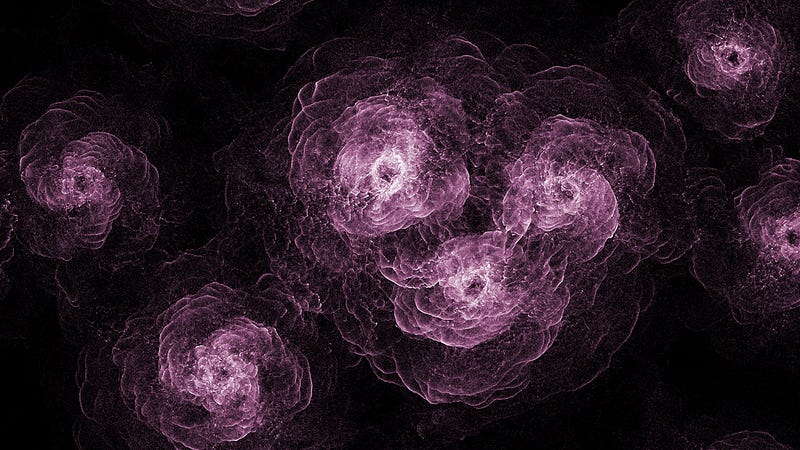
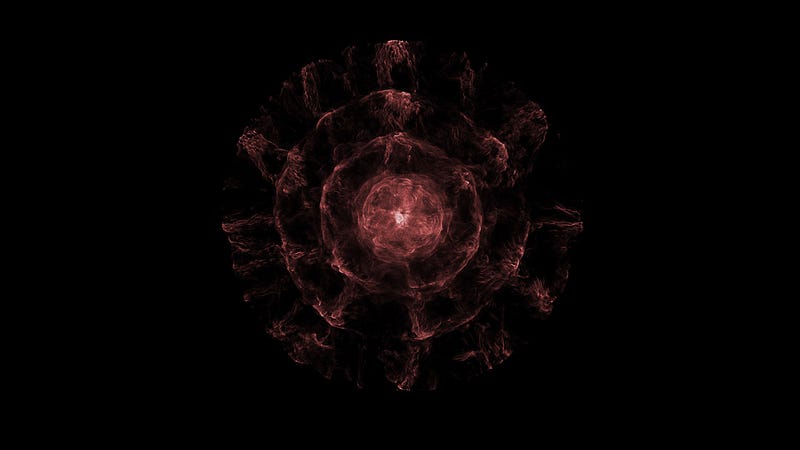
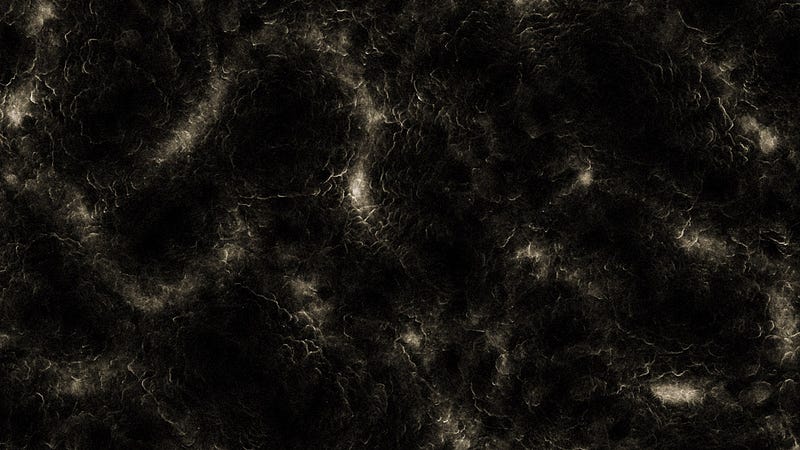
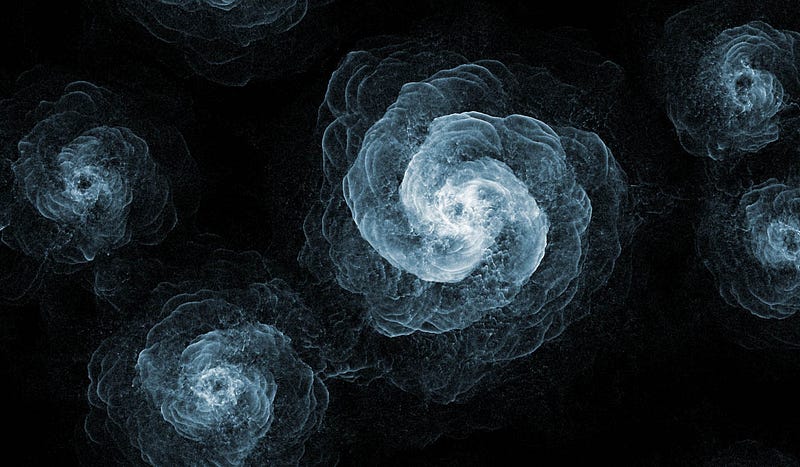 Breathe, by Diego Galafassi. These
illustrations represent the journey of air and breathing in the earth’s atmosphere when we exhale.
From the small curtained space where the installation took place, it will take two years for the air
to travel all around the world. (PHI)
Breathe, by Diego Galafassi. These
illustrations represent the journey of air and breathing in the earth’s atmosphere when we exhale.
From the small curtained space where the installation took place, it will take two years for the air
to travel all around the world. (PHI)In PHI’s upcoming exhibition, visitors will encounter a physical incarnation of the 10 Parallel Lines projects, as well as the world premiere of Galafassi’s Breathe. Through this presentation, we hope to refute the idea of creation as a detached act, moving away from an authorial model of artistic expression, which places the sole focus on the artist as a producer, to the recognition of a more subtle and complex network of actors which make an artwork. This proposed network generates a mobility that is structural rather than locational, as it allows for artists to develop work that is dialogical, incorporating both audience and collaborators as key players in the process. It is this kind of mobility that is central to PHI’s most recent programs: one where interactivity is not just a condition of the work’s presentation, but a structuring part of its ideation and development.
Founded and directed by Phoebe Greenberg and based in Montréal, Canada, PHI is a multidisciplinary organization positioned at the intersection of art, film, music, design and technology. Offering a panoramic perspective of radical ideas focused on collective experience, social impact, and audience interactivity, PHI is committed to future generations of art consumption.
PHI consists of the PHI Centre, PHI Studio, artist-in-residence programs and PHI Foundation for Contemporary Art. Through eclectic programming and a strong emphasis on content creation, PHI fosters unexpected encounters between artists and audiences.
Immerse is an initiative of the MIT Open DocLab and receives funding from Just Films | Ford Foundation and the MacArthur Foundation. IFP is our fiscal sponsor. Learn more here. We are committed to exploring and showcasing emerging nonfiction projects that push the boundaries of media and tackle issues of social justice — and rely on friends like you to sustain ourselves and grow. Join us by making a gift today.